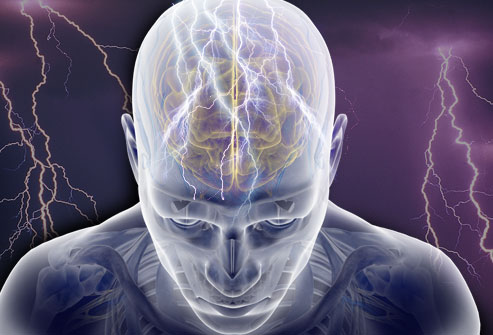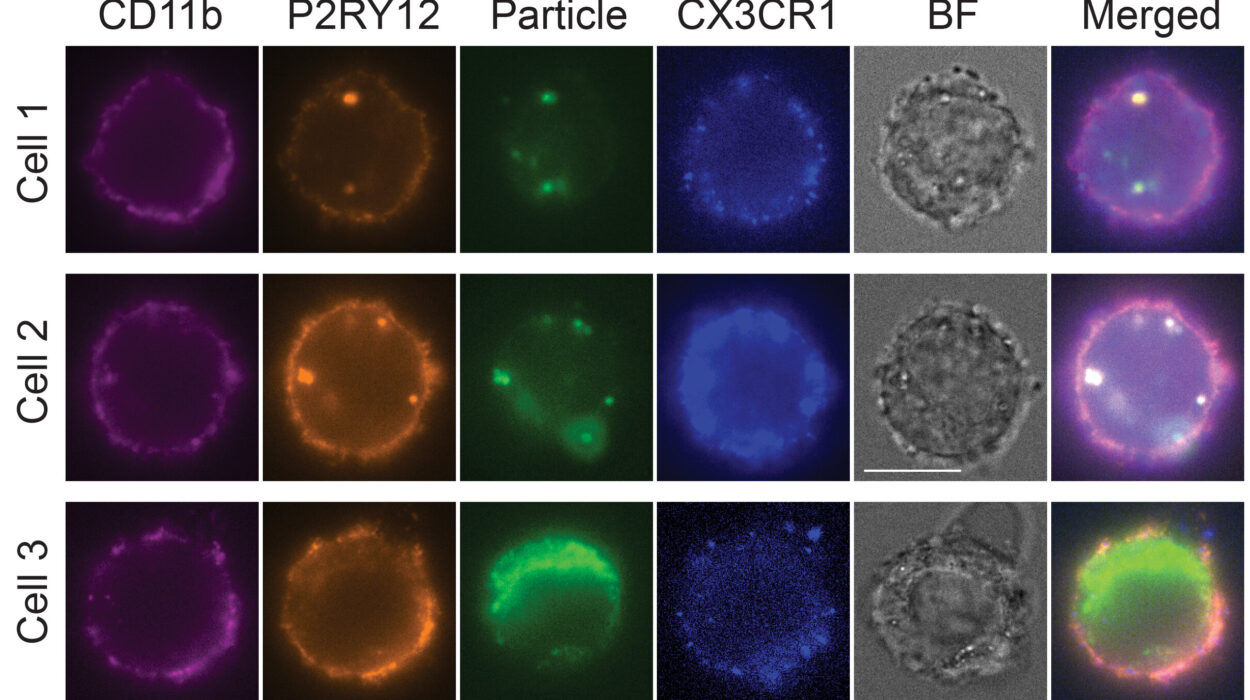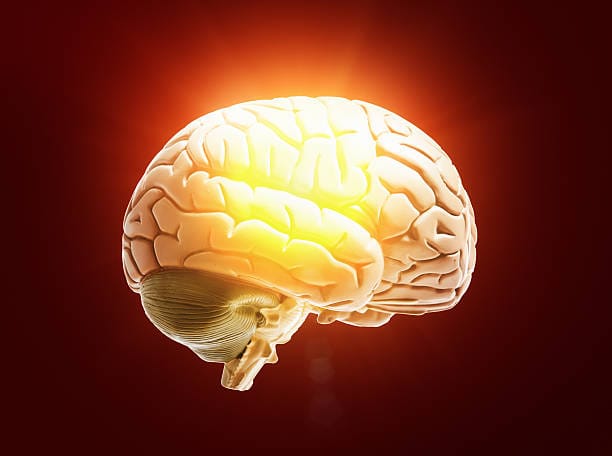Epilepsy is a condition that has fascinated scientists and mystified those who live with it. It is a neurological disorder that affects the brain’s electrical activity, leading to unpredictable bursts of electrical discharges. These bursts disrupt the normal flow of information, causing a variety of physical and mental symptoms, the most common being seizures. But epilepsy is more than just a series of electrical disturbances—it is a complex and multifaceted condition that involves the intricate balance of neurons and synapses in the brain.
For centuries, epilepsy was misunderstood and often viewed with fear and superstition. People who experienced seizures were once thought to be possessed, cursed, or afflicted with divine wrath. In ancient civilizations, epilepsy was referred to as the “falling sickness,” as individuals experiencing seizures would often fall to the ground, convulsing uncontrollably. Over time, however, science has shed light on the true nature of epilepsy, unveiling it as a medical condition rooted in the brain’s electrical circuitry.
The Brain’s Electrical Symphony: A Delicate Balance
To truly understand epilepsy, it is essential to first grasp the way the brain functions. The human brain is a highly complex organ, made up of billions of nerve cells called neurons. These neurons communicate with one another through electrical impulses, transmitting information rapidly and precisely throughout the brain. This constant exchange of electrical signals is what allows us to think, move, feel, and interact with the world around us.
Under normal conditions, the brain’s electrical activity is finely tuned. Neurons fire in a balanced rhythm, ensuring that signals are transmitted at the right time and in the right amounts. However, when this delicate balance is disrupted, it can lead to abnormal electrical discharges—essentially a surge of electrical activity that spreads across the brain. This is what happens during a seizure.
Seizures are the hallmark of epilepsy, but they can manifest in many different ways depending on which part of the brain is affected. Some seizures are brief and subtle, while others can be long and violent. The symptoms experienced during a seizure can vary widely, ranging from convulsions and loss of consciousness to sudden, involuntary movements or altered perceptions of reality.
What Happens During a Seizure?
Seizures are often the most visible and dramatic aspect of epilepsy, but understanding what happens during a seizure requires a deeper dive into the brain’s inner workings. When a seizure occurs, it is essentially a malfunction in the brain’s electrical system. Normally, neurons send signals in a highly coordinated manner, but during a seizure, this coordination is lost. The neurons fire in a chaotic and uncontrolled way, causing a disruption in the brain’s normal functioning.
There are two main types of seizures: focal and generalized. Focal seizures, also known as partial seizures, occur in a specific area of the brain, while generalized seizures involve the entire brain. Within these categories, there are many subtypes, each with its own set of symptoms.
Focal seizures can be either simple or complex. In simple focal seizures, the person remains conscious but may experience unusual sensations, such as tingling, flashing lights, or strange smells. These sensations are the result of abnormal electrical activity in the sensory areas of the brain. In complex focal seizures, consciousness is impaired, and the person may exhibit strange behaviors, such as repetitive movements or confusion.
Generalized seizures, on the other hand, involve both hemispheres of the brain and can cause a loss of consciousness. The most well-known type of generalized seizure is the tonic-clonic seizure, also known as a grand mal seizure. During a tonic-clonic seizure, the person’s body stiffens (the tonic phase) before they experience rhythmic, jerking movements (the clonic phase). These seizures can last for several minutes and are often followed by confusion or exhaustion.
The Different Faces of Epilepsy: Seizure Variability
Not all seizures look the same, and not all people with epilepsy experience the same types of seizures. In fact, epilepsy is a highly individualized condition, with each person’s experience varying widely. Some individuals may experience only occasional, brief seizures, while others may suffer from frequent and debilitating episodes.
There are also differences in how seizures affect the body. Some seizures cause convulsions, where the person’s body jerks or trembles uncontrollably. Others may result in loss of muscle tone, causing the person to collapse or fall. Some seizures may cause unusual sensations or perceptions, like feeling detached from the body or experiencing intense emotions. The variety of seizure types and their diverse symptoms make epilepsy a condition that is as unique as the individuals who live with it.
In addition to the physical effects of seizures, epilepsy can also have a profound impact on a person’s mental and emotional well-being. The unpredictability of seizures can cause anxiety and stress, as individuals may never know when or where they will experience an episode. The stigma surrounding epilepsy can also contribute to feelings of isolation and shame, especially in societies where the condition is still misunderstood.
The Causes of Epilepsy: An Intricate Web of Factors
Epilepsy is not a single condition but a broad spectrum of disorders with various causes. In some cases, the cause of epilepsy is known, while in others, it remains a mystery. In fact, up to half of all cases of epilepsy have no known cause, a phenomenon referred to as idiopathic epilepsy. However, there are several known factors that can contribute to the development of epilepsy, including genetics, brain injury, infections, and other medical conditions.
Genetics and Epilepsy: The Role of Heredity
In some individuals, epilepsy runs in families, suggesting a genetic component to the condition. Certain genes may predispose individuals to epilepsy, though the exact mechanisms are still being studied. Researchers have identified several genetic mutations that may increase the risk of developing epilepsy, but the relationship between genetics and seizures is complex and not fully understood.
It’s important to note that not all individuals with a genetic predisposition to epilepsy will develop the condition. Environmental factors, such as brain injury or illness, also play a role in the onset of seizures.
Brain Injury: A Trigger for Seizures
Brain injury is one of the most common causes of epilepsy, particularly in adults. Traumatic brain injuries, strokes, tumors, and infections can all damage the brain in ways that lead to abnormal electrical activity. For example, when a part of the brain is injured, scar tissue can form, which can disrupt the normal flow of electrical signals. This disruption can trigger seizures, and over time, the individual may develop epilepsy as a result of the injury.
Infections and Diseases: Impact on the Brain
Infections that affect the brain, such as meningitis or encephalitis, can also lead to the development of epilepsy. These infections cause inflammation in the brain, which can damage neurons and alter the brain’s electrical activity. Certain metabolic or neurological diseases, such as Alzheimer’s disease or brain tumors, can also increase the risk of developing seizures.
Diagnosing Epilepsy: A Journey of Discovery
Diagnosing epilepsy can be a challenging process, as seizures often appear similar to other medical conditions, such as fainting, panic attacks, or sleep disorders. The first step in diagnosing epilepsy is a thorough medical history, including a description of the seizures and any potential triggers or patterns.
Neuroimaging techniques, such as MRI or CT scans, are often used to look for structural abnormalities in the brain that could be contributing to the seizures. Electroencephalography (EEG) is another key diagnostic tool, as it records the electrical activity of the brain. During an EEG, electrodes are placed on the scalp to measure brainwaves, allowing doctors to identify abnormal electrical patterns that are characteristic of epilepsy.
In some cases, additional tests may be needed, such as blood tests or genetic testing, to rule out other conditions or identify underlying causes of epilepsy. Once a diagnosis is confirmed, doctors can begin to develop a treatment plan tailored to the individual’s needs.
Living with Epilepsy: Treatment and Management
While there is no cure for epilepsy, the condition can often be managed effectively with the right treatment. The goal of treatment is to reduce the frequency and severity of seizures while allowing the individual to lead a full and active life.
The most common treatment for epilepsy is medication, known as antiepileptic drugs (AEDs). These medications work by stabilizing the brain’s electrical activity, reducing the likelihood of seizures. There are many different types of AEDs, each with its own mechanism of action and potential side effects. Finding the right medication and dosage for each individual can be a process of trial and error, but with time and careful monitoring, many people with epilepsy can find a regimen that works for them.
In cases where medications are not effective, other treatment options may be considered. These can include surgical interventions, such as removing the area of the brain that is causing the seizures, or the implantation of a device called a vagus nerve stimulator (VNS), which delivers electrical impulses to the brain to help regulate activity.
For individuals whose epilepsy is caused by a specific underlying condition, such as a brain tumor or brain injury, treating the root cause may help reduce seizures or even eliminate them entirely.
The Emotional and Social Impact of Epilepsy
Living with epilepsy is not just a matter of managing seizures—it also involves coping with the emotional and social challenges that come with the condition. Seizures can be unpredictable, and the fear of having an episode in public or while performing everyday tasks can create anxiety. In some cases, individuals with epilepsy may also experience depression, especially if their seizures are frequent or difficult to control.
The social stigma surrounding epilepsy can further exacerbate these challenges. Despite growing awareness, many people still associate epilepsy with disability or weakness,
leading to misconceptions and discrimination. This can lead to feelings of isolation, shame, and self-doubt.
However, many people with epilepsy lead fulfilling and successful lives, thanks to advances in treatment and a growing understanding of the condition. Support from family, friends, and healthcare professionals can help individuals with epilepsy navigate the challenges they face, providing them with the tools and resources they need to thrive.
The Future of Epilepsy Treatment: Hope on the Horizon
As our understanding of the brain continues to grow, so too does our ability to treat and manage epilepsy. Researchers are exploring new treatments, including gene therapy and advanced neuromodulation techniques, which could offer new hope for individuals who have not responded to traditional treatments. Advances in neuroimaging and brain mapping may also lead to more precise and effective treatments, as doctors gain a deeper understanding of the areas of the brain involved in seizures.
Though there is no cure for epilepsy yet, the future looks bright. With continued research, awareness, and support, individuals living with epilepsy can look forward to a future where seizures are less frequent, less severe, and more manageable.






